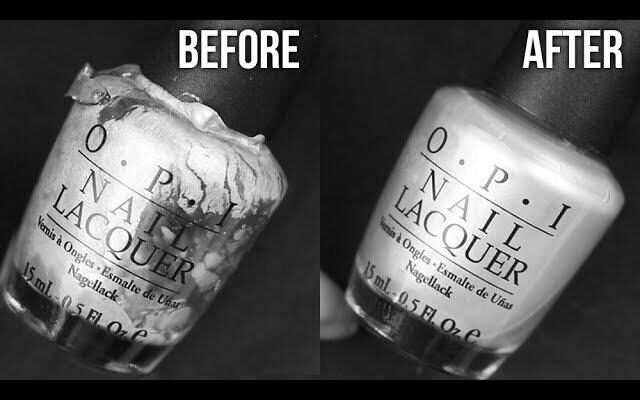- Can You Use Nail Polish That’s Separated Or Gone Bad?
- Can you use a nail polish that has separated?
- Can you use a nail polish that has gone bad?
- Can you throw away unused nail polish?
- What Makes Nail Polish Adhere to the Nails?
- Plasticizers
- Phthalates
- Base coats
- Topcoats
- Cuticle oil
- Ice water
- Common nail polish pigments
Can You Use Nail Polish That’s Separated Or Gone Bad?
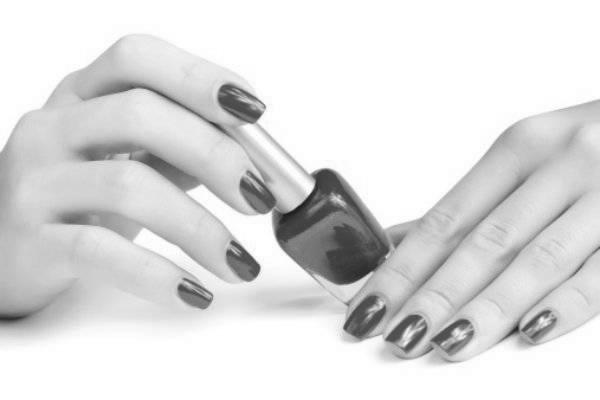
You may wonder if it’s worth trying to use a nail polish that’s separated or gone wrong. There are many ways to tell if your nail polish has gone wrong and expiration dates. The consistency and texture of your polish can vary, as well. It could be lumpy or dry or separate into a thin liquid on top and thick gunk on the bottom.
Can you use a nail polish that has separated?
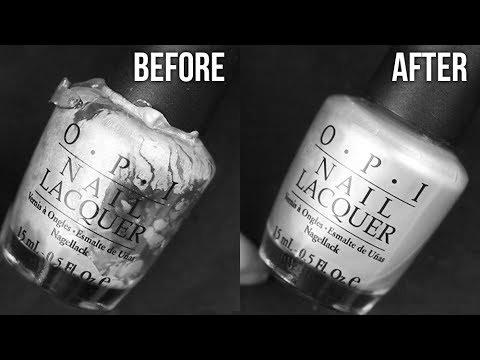
Separation of the color of your nail polish can happen. Usually, this happens because of the different weights of the cosmetic components. The heavier ingredients tend to sink to the bottom of the bottle. Shaking the bottle or manually mixing the nail polish can solve the separation issue. If the separation does not occur after shaking, you can use the separated nail polish as it is. Alternatively, you can throw away the separated nail polish and purchase a new one.
Separated colors are not necessarily nonstandard or expired. Shaking the nail polish is an excellent way to help the colors blend. However, if the nail polish has been unused for two years or more, it’s best to discard it. The next time you reach for nail polish, keep it in a cool place. This way, you won’t risk damaging the product.
If your nail polish has separated, it’s essential to take it to a dry, cool place. Direct sunlight and heat can cause the nail polish to separate. To prevent this, keep the bottle upright and pick it up right away if it falls. Try to buy high-quality nail polish. It will last longer and be easier to fix if it separates. So, if you’re unsure of how to use a nail polish that has separated, here are some tips to help you.
Nail polishes can separate and thicken over time. You can shake the bottle to stir the nail polish and replace the evaporated solvents with new nail polish thinner. If the nail polish is still sticky, shake the bottle thoroughly to mix the liquid. If the polish is separated and has a thicker consistency, add two drops of acetone to the nail polish. It will bring back its original quality.
Sometimes, the mix of the nail polish will separate. When this happens, the nail polish may start to dry, get thick and gloopy, or lose its consistency. These problems are not dangerous but can make your nail polish look goopy and unusable. Luckily, there are still ways to save it and get it back to its original condition. Keep reading to learn more about restoring the state of your nail polish.
Can you use a nail polish that has gone bad?
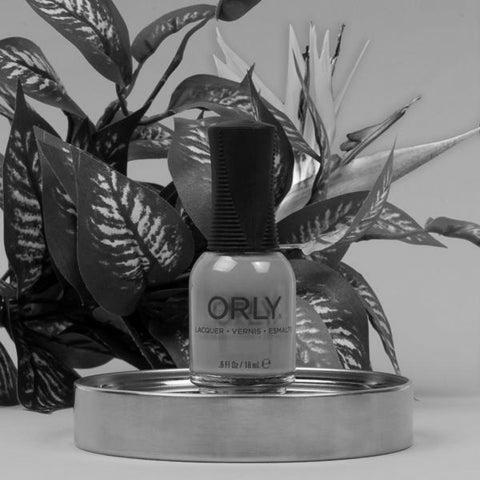
If you’re considering trying to salvage a bottle of old nail polish, you’ll want to follow a few simple guidelines. For one thing, you can always buy a new bottle. The colorants in nail polish can separate over time. It is expected, as they tend to be heavier than the thinner ones. Rolling the bottle between your hands will help to remix the colorants. And, of course, you can never go wrong with a fresh coat of nail polish.
A nail polish that has gone bad is likely past its shelf life if it has separated and changed color. Usually occurs when the ingredients have dissolved and the mixture is no longer uniform. It may also be challenging to remix. A nail polish that is too thick or clumpy is probably past its shelf life. If you’re unsure, shake it vigorously between your hands. Otherwise, you’ll risk causing it to separate and become bubbly.
To extend the life of your nail polish:
- Make sure you store it in a cool, dark, dry place.
- Avoid using the bathroom to store your nail polish because the temperature there can quickly heat up.
- Avoid using a blow dryer while keeping your nail polish upright on a shelf. Although each brand has a different shelf life, you should discard it if you notice that your nail polish is becoming sludge-like.
In some cases, you can use thinner to restore the consistency of the nail polish.
The nail polish formula does not go wrong while it is in use. However, the ingredients that make nail polish go bad change and become thick and gloopy. It isn’t easy to bring back the original formula. Nevertheless, you can try to salvage the color by following some simple instructions and guidelines. It would help if you always replace the cap of your nail polish after adding drops. If you notice bubbles or particles, you should replace the bottle’s lid.
If you have a damaged nail polish bottle, you can try to revive it by immersing it in hot water for 3 minutes. You can then roll the bottle between your palms to shake it off. Be careful, though; the bottle may get hot and burn your fingers. It’s best to use nail polish thinner only when necessary to save your nail polish. It’s also important to remember to store your nail polish properly.
You should always ensure that the nail polish you’re using doesn’t contain any harmful chemicals. Some of the chemicals used in nail polish may remain in your body for days or even weeks. As a result, these chemicals may have toxic effects in the long run. Some alternatives contain less harmful ingredients. So, don’t feel cheated out just yet! You can still salvage your nail polish.
Can you throw away unused nail polish?
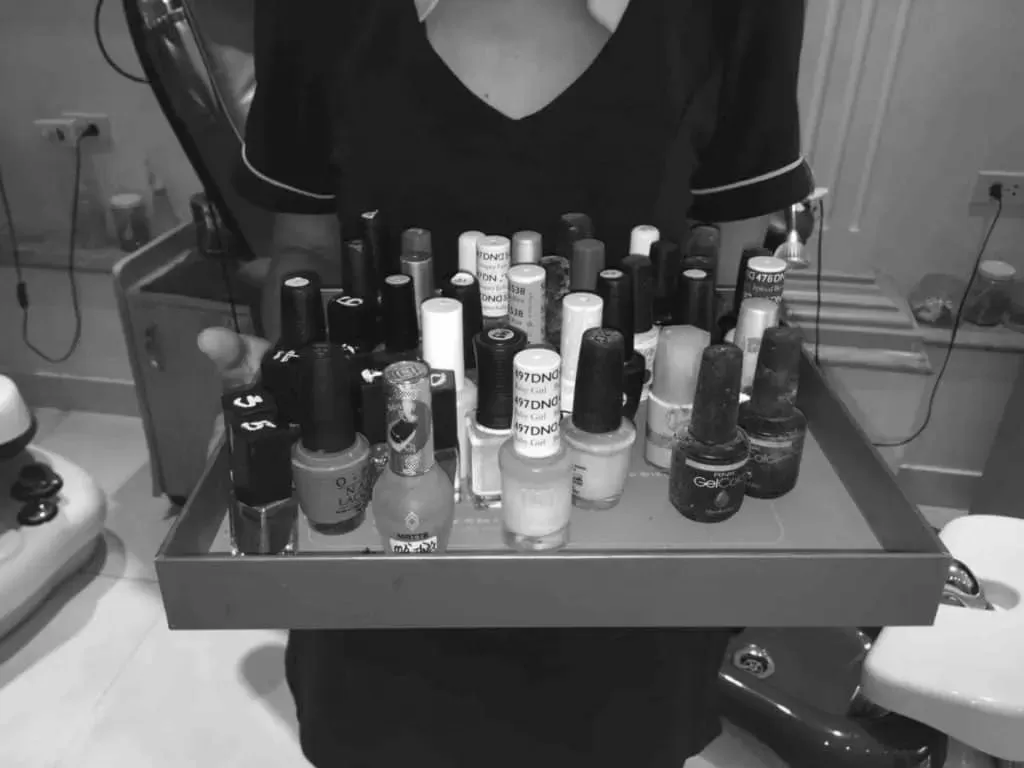
If you wonder, “Can you throw away unused nail polish?” you’re in luck. EPA guidance states that nail polish is a hazardous waste and must be appropriately disposed of. While some states have their regulations on how to dispose of household hazardous waste, nail polish can usually be recycled or disposed of at a Household Hazardous Waste facility. Contact your local waste management facility to find out if they accept nail polish.
Although you might be tempted to throw away unused nail polish, experts suggest that you dispose of it properly. You should remove the label and dispose of the packaging to do this. The U.S. EPA has made it clear that nail polish is household hazardous waste. Because nail polish contains toxic chemicals, it can’t be safely disposed of in a trash can or recycling bin. It’s also illegal to pour used nail polish down the drain. Instead, you should take your nail polish to a household hazardous waste disposal facility and dispose of it properly.
If you decide to discard your polish, make sure to follow all local waste disposal regulations. Many states consider nail polish a household hazardous waste, which means regular trash. For this reason, many towns have dangerous household waste collection programs. In addition, you should dry it outdoors to avoid indoor air pollution. Also, take the remover to a household hazardous waste facility and dispose of it properly.
When you throw away your new nail polish, empty it. Nail polish bottles contain glass, and the packaging should be disposed of correctly. Otherwise, you risk contaminating your entire recycling bin. This contamination will send whole loads of recyclable waste to landfills or incineration. If you can’t follow these rules, you should store the new polish in a separate container.
Another way to recycle unused nail polish is to reuse it. Clear nail polish can be used as a patch for tights, prescription labels, or even to convert eye shadow into a custom nail color. Remember to dry up your empty bottles before disposing of them. They contain toxic chemicals from the environment. So, you can’t just toss your new nail polish. There are many reuses for old nail polish.
When can you throw away unused nail polish? Remember to remember that some nail polish removers and acetone are flammable. This is why it is advisable to contact a local hazardous waste treatment facility before throwing them away. There’s an excellent chance that you can salvage them with some help. Make sure you put the new nail polish into a leak-proof container.
What Makes Nail Polish Adhere to the Nails?
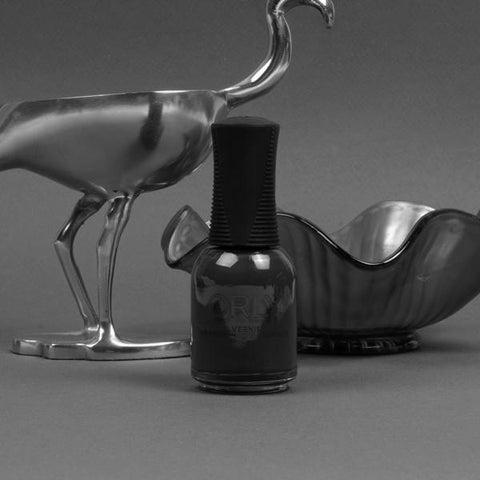
If you want to create a perfect manicure, you need to understand how the process of applying for nail polish works. First, you must clean your nails. If you don’t, they could contain oil residues, which would prevent the polish from adhering to them. It would help if you never skipped the pre and post-steps, such as the base and topcoat. These are the two main components of nail polish, and if you miss them, you will risk creating a base coat with no adhering ability.
Plasticizers
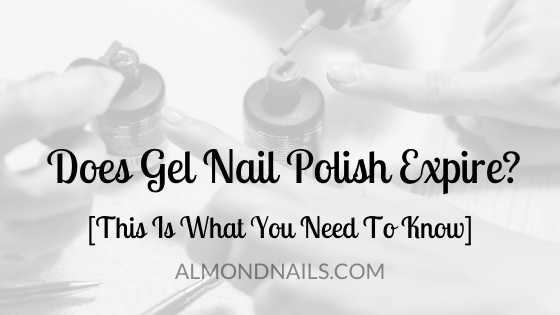
Plasticizers are substances added to nail polish to make it more flexible and durable. They are usually found in nail polish and are responsible for making it more pliable and resistant to chipping. Plasticizers can include camphor and the controversial Dibutyl Phthalate. Some plasticizers can also be natural, such as dioxane. Here is a list of common plasticizers used in nail polish.
One of the essential ingredients in nail polish is nitrocellulose. It is a flammable explosive that is used in the production process. In addition to this, in commercial puddings and gelatin products. Moreover, this substance does not need to be removed from the product during the manufacturing process. Nonetheless, it isn’t easy to apply it to the nails because of the viscosity.
Besides being the main ingredient, plasticizers also help nail polish stick to the nails. They also provide a thin, even application of the product. Suitable nail varnish will adhere to the nails by giving UV resistance. To label prescription bottles, keep buttons in place, or keep bugs out of window screens. And when it comes to color, you can use colored nail polish to label things, like your purse, or hide minor chipping in the car or tiled walls.
Phthalates
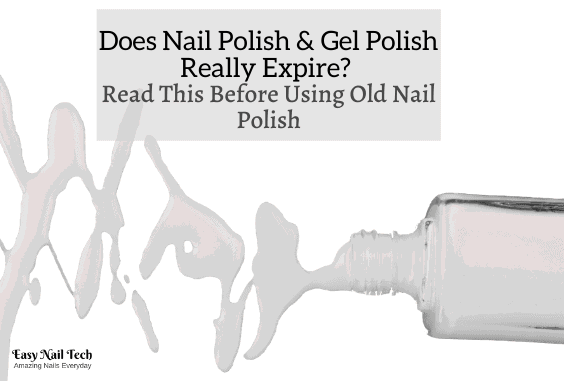
Dibutyl phthalate (DBP), a common ingredient in nail polish, is a known endocrine disruptor and is often added to make the nail lacquer more supple and resistant to cracking. Health Canada has linked phthalates to liver and kidney damage in young children and has banned six phthalates in soft vinyl children’s toys. While the European Union has not prohibited the use of DBP in nail polish, it is still used in many brands.
These chemicals are widely used in plastics and nail polish. There is not enough evidence to know exactly how they affect humans. Still, some studies indicate they may interfere with hormone production, cause reproductive and developmental issues, and increase cancer risk. They have also been linked to lowered fertility and reduced litter sizes in mice. Unfortunately, finding alternatives to banned ingredients is not always easy. But for nail polish and other cosmetics, Phthalates have a definite role.
The phthalates in nail polish are absorbed into the skin, and if they are not removed from nail polish, they may end up in the breast milk of a newborn. Fortunately, there is an easy way to avoid them, and it’s a lot cheaper and more accessible than ever. Just remember to buy a product that meets the standards set by the Environmental Working Group. You’ll be glad you did.
Base coats
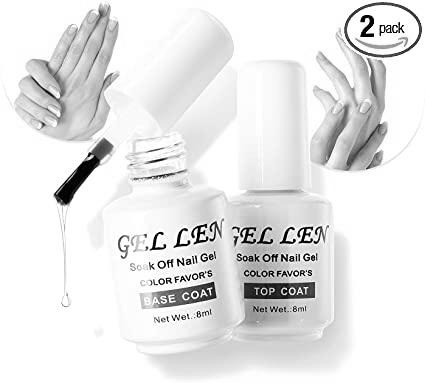
Firstly, you should know what a base coat is. It’s an essential step in applying nail polish because it provides an extra layer of stickiness to the nails. Furthermore, it helps color-coated nails to last longer, reducing the risk of chipping and cracking. However, you should be aware that it doesn’t make the colors adhere to your nails and natural nails.
It would help if you also understood the difference between a traditional and gel-based base coat. While the former requires you to cure it under a UV lamp, the latter only requires air-drying. When misapplied, the nail color can remain sticky and tacky. Therefore, it’s vital to follow the recommended application procedures and use the correct nail polish. You should apply two coats of base-coated nail polish for the best result.
There are many different types of base coats, and each one offers a unique set of benefits. A good base coat helps nail polish adhere to the nails better and is often combined with a topcoat. A topcoat is a transparent layer of lacquer that protects and adds a protective layer to your painted nails. Although topcoats are often a necessity for a good manicure, they can also instantly change your manicure’s look.
Topcoats
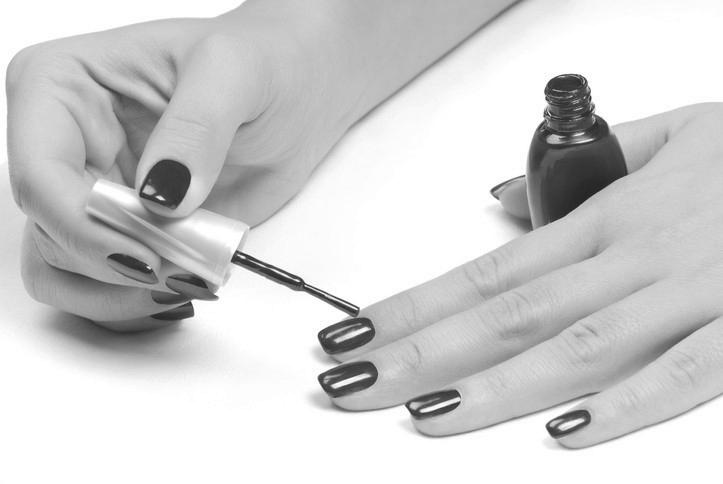
They also act as an adhesive to keep the polish on the nail for longer. There are three base coats: gel, acrylic, and topcoat.
A topcoat is a layer of clear or matte finish that seals and protects your nail polish color. Without it, the color of your manicure will fade quickly. Using a topcoat prevents this problem by providing extra protection from the elements and ensuring that the nail polish is more durable. Coats are helpful not only for protecting your manicure but also for adding style to your hand.
A topcoat protects your nail polish from water, damage, and UV rays. It also gives your manicure a shiny finish. Topcoats may be purchased on their own or in a pack of individual nail polish colors. The latter may be more cost-effective as you can buy two bottles at a time. It doesn’t matter what brand you buy, as the topcoat is used for protecting your manicure.
Cuticle oil
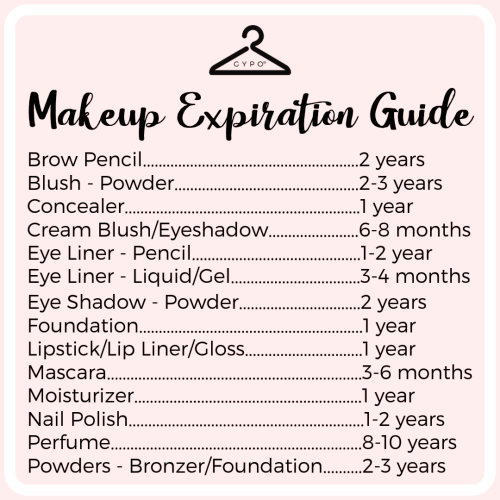
You probably know that cuticle oil helps nail polish adhere to the nails. However, do you know how to use it? Firstly, you need to wash your hands. After cleaning, apply cuticle oil. If you do not apply cuticle oil, your nail polish will not stick to the nails. In addition, cuticle oil also makes the polish adhere to your nails. After applying cuticle oil, wait for your nail polish to dry before applying another layer of polish.
Another thing you should know is that the application process of cuticle oil varies with different kinds of fats. The primary method involves applying oil to bare nails and gently pushing back the cuticles. Then, you should spread the oil on the entire nail. Once you have used the oil, you can start painting your nails. The benefits of oiling your pins will show through immediately. If you don’t mind waiting for a few minutes, you can apply cuticle oil again to achieve the desired effect.
Another great way to apply cuticle oil is by using a dropper. Other suitable oils include Bisabolol, which has anti-inflammatory properties, and Tocopheryl acetate, a source of Vitamin E. Geraniol and Linalool are good scents to use in your nail oil.
Ice water
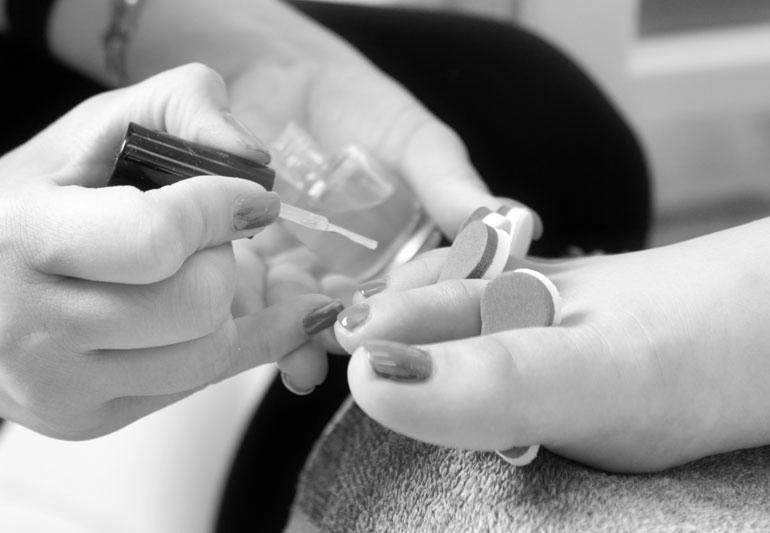
One trick to help nail polish adhere to your nails is to run your hands under cold water right after applying it. The cold water will help the polish dry faster. However, run your hands slowly and steadily under cold water since super-fast water can cause streaks. You can also use a blowdryer, but make sure to set it on a ‘cold shot’ to prevent the polish from melting.
Another tip is to dip your freshly painted fingernails in ice water for a few seconds to set them. It will help the polish dry faster because the solvents from the nail polish will evaporate. However, this technique can cause smudges and cause the nail polish to become brittle. So, make sure to do this step only if you want to avoid streaks.
Alternatively, you can soak a cotton ball in ice water for 30 seconds and then wipe the nail with a soft towel. This step will also help the nail polish adhere to the nails. Using ice water also has another benefit. Ice will make it thicker, which makes it appear to dry faster. However, once the nail polish is removed from the ice water, the solvents will have to evaporate and harden.
Common nail polish pigments
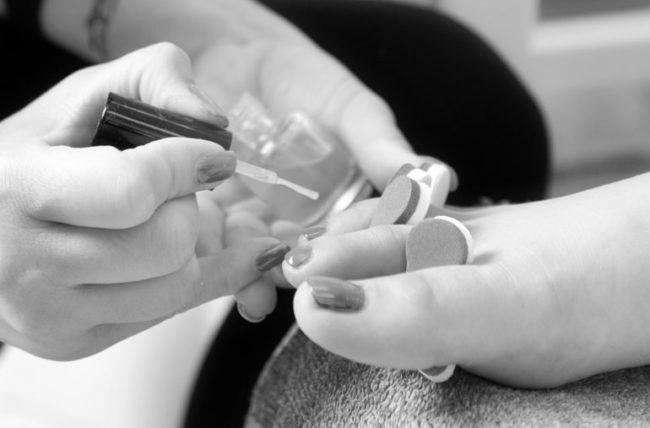
Many chemicals are used in the production of nail polish. Pigments are the primary ingredients and are typically iron oxides or other pigments. Pearlescent minerals and ground mica are sometimes used to create a glittery effect. Added thickeners keep the pigments in suspension and make the nail polish easier to apply. UV stabilizers are also used in some nail polishes to prevent them from changing color when exposed to sunlight.
In addition to the standard pigments, nail polishes also contain several other chemicals to help the color adhere to the nails. Common ingredients are silica, hectorite, titanium dioxide, mica, bismuth oxychloride, and talc. Bismuth oxychloride is a pigment used to give the polish a pearlescent shimmer. Bismuth oxide is also used in nail polish to prevent the color from shifting when exposed to sunlight. Finally, ethyl tosylamide, or TPD, keeps the resin flexible.
Some types of polish are holographic, meaning that they shift colors when exposed to light. Holographic colors are essentially dupes of another brand. Holographic colors can be shades of blue to red, depending on the amount of light that hits them. Some types of holographic nail polish are called “indie” polish, which means they are handmade by individual artists. One popular color, for example, looks like jelly, while another is called stained glass. Leadlighting is another way to create this effect.
